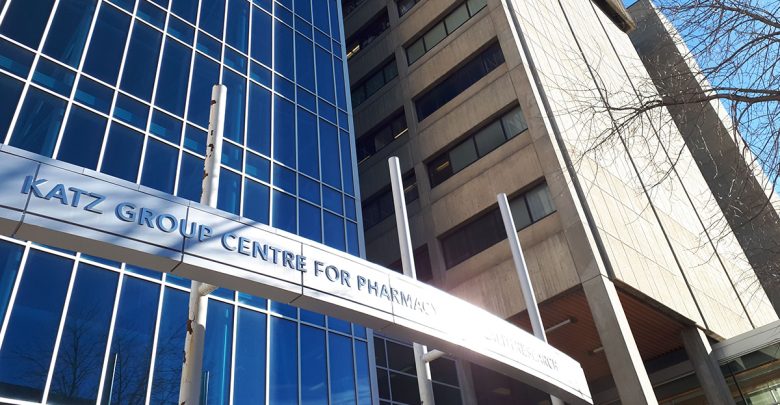 Mindy Quang
Mindy QuangGDF15, an anti-obesity drug, is undergoing human clinical trials and has shown potential cardiac benefits in obese mice. Ongoing research shows that these heart health benefits in GDF15-treated mice exceed what is expected from weight loss alone.
John Ussher is a professor in the faculty of pharmacy and pharmaceutical sciences at the University of Alberta and a Canada Research Chair in Pharmacotherapy of Energy Metabolism in Obesity. He is also the principal investigator on this study.
Ussher’s research team observed two groups of obese mice with Type 2 diabetes. According to Ussher, the team gave GDF15 to one group for weight loss, while the other group was on a food diet. While both groups showed improved heart function from weight loss, the GDF15-treated mice showed greater improvement.
“We made sure that the weight loss was equivalent in the two groups,” Ussher said. “And so we have two groups with identical weight loss, but the improvement in diastolic heart function was superior with GDF15.”
Diastolic dysfunction can progress to diastolic heart failure, according to Ussher
Diastolic dysfunction occurs when the heart has difficulty relaxing between each beat due to stiffness of the left ventricle. With insufficient relaxation, the heart does not fill up with enough blood to pump to the rest of the body.
In addition to pumping blood, “another important aspect of [the heart’s] function is how it relaxes between pumping,” Ussher said.
Diabetes patients are over two times more likely to develop heart disease in comparison to people without diabetes. Among Type 2 diabetes patients, heart disease is the leading cause of death. One contributing factor to this is the asymptomatic nature of diastolic dysfunction in Type 2 diabetes patients.
A doctor with a diabetes patient focuses on “lifestyle interventions or early therapeutic management to control your elevated blood sugar,” Ussher explained. “They’re not sending you to the cardiac clinic to see [how] your heart functions.”
”They don’t get diagnosed with these heart issues until they’ve had diabetes for 10 to 20 years,” Ussher says
While some diabetes patients with diastolic dysfunction are asymptomatic, symptomatic patients may experience symptoms such as fatigue and shortness of breath. Such symptoms may not unequivocally point to diastolic heart dysfunction. As a result, “many people with Type 2 diabetes don’t get diagnosed with these heart issues until they’ve had diabetes for 10 to 20 years.”
By then, their diastolic heart dysfunction may have progressed to diastolic heart failure. In diastolic heart failure, blood may begin to back-up in the lungs.
According to Ussher, a diabetic patient with diastolic dysfunction at 45 could walk up a flight of stairs with relative ease. However, at 65 with diastolic heart failure, the same patient would be out of breath from walking up the same stairs, Ussher said.
About half of all heart failure cases involve diastolic heart failure. This makes it a burden on the elderly and on the health-care system, Ussher explained. In obese patients with Type 2 diabetes, Ussher wants to know if diastolic dysfunction at age 45 increases their chances of heart failure at 65 — compared to if they have no dysfunction at 45.
If diastolic dysfunction increases the chances of developing heart failure, “can we make a preventative change that will impact heart failure burden in the elderly population with Type 2 diabetes later on in life?” Ussher asked.




